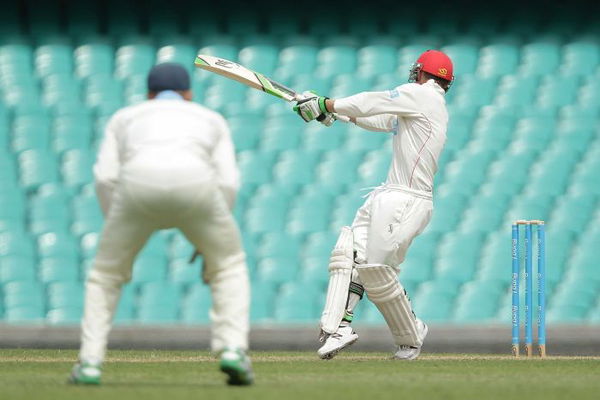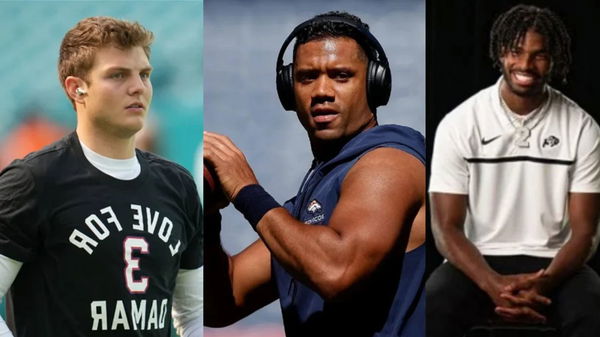ICC Cricket World Cup 2019: All You Need to Know About the Bouncer

Follow Us

via Imago
Phil Hughes suffered a tragic death after getting hit by a bouncer
ICC Cricket World Cup 2019 started off with a few teams looking to attack with the bouncer. The bouncer went a lot of changes in international cricket. From fast, menacing bouncers from the likes of Joel Garner, Michael Holding to slow, loopy bouncers from people like Jasprit Bumrah and Jofra Archer. Most notably, West Indies, this World Cup found some success using the bouncers. There were bowling fast and into the pitch much to the trouble of batsmen. This reminded many of the West Indies of the old.
There was a time when the West Indian fast bowlers, huge in stature, used to run in with a mean look and bowl six straight bouncers in a row. The batsman could do nothing but duck or get hurt, unless the batsman was Don Bradman. And many batsmen played without a helmet. If you are tail-end batsman, you would just shy away in anticipation of not getting hurt by the bouncer.
But with changing times, rules and restrictions on the use of bouncer began to increase. The safety of the batsman began to come into question more often.
ADVERTISEMENT
Article continues below this ad
History-
During the 1970s and 1980s West Indies used to intimidate the opposition batsmen using fast bouncers. Many also used the bouncer as a negative tactic to prevent the batsman from scoring. This came into huge criticism and in 1991, the International Cricket Council came up with a restriction on the bouncers limiting it to only one per over. This didn’t go well with most players and umpires and in 1994 ICC started allowing two bouncers per over. In 2001, ICC allowed a maximum of one bouncer to be bowled in ODIs. Later in 2012, it was changed to two which is still accepted well.
Bouncer & Wide-
There is thin line between the ball being called legal and wide. A ball, after pitching, if it is between the shoulder and head of the batsman when in his batting stance, it is deemed as a bouncer and two such balls are allowed in an over. If the ball goes over the head, it is a wide. After two balls above the shoulder height, any such delivery in the over can be called a no-ball awarding a penalty run and a free-hit.
Trending

“Ricky Starks and”: Triple H’s WWE Backed to Sign Three Top AEW Talents From Tony Khan Following Dynasty
April 23, 2024 06:29 AM EDT

‘RIP’ – Heartbroken Brother of John McEnroe Mourns ESPN Legend’s Tragic Death Who Last Tweeted About Coco Gauff
April 21, 2024 02:43 PM EDT

Despite Trading Zach Wilson, Sean Payton Rumored to “Throw Away” Broncos’ 2024 to Secure Shedeur Sanders as Russell Wilson’s Replacement
April 23, 2024 05:14 AM EDT

After Confirming Patriots Interest, JJ McCarthy Reveals Tom Brady Was Speaking to Him Throughout National Championship Winning Season
April 24, 2024 07:04 PM EDT

Travis Kelce’s Mom Donna Joins $400M Rich Businesswoman for ‘Over 50 & Fabulous’ Venture
April 24, 2024 12:56 PM EDT
Get instantly notified of the hottest stories via Google! Click on Follow Us and Tap the Blue Star.

Follow Us
Even after the generation of helmets came in, there have been several injuries off bouncers. The most tragic of them was of Phil Huges, where he couldn’t survive after being hit by Kyle Abbot in a domestic match. Hence, it is very important to have a restriction in these balls.
